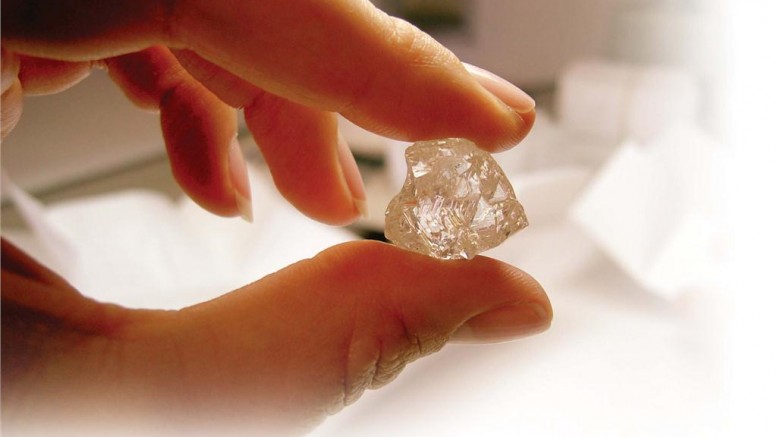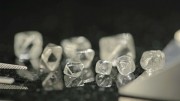Suddenly, the diamond sector is an exciting place to be.
Personally, I feel a renewed sense of optimism about the industry after being a part of the first ever Diamonds Symposium, organized by DiC’s publisher The Northern Miner in June.
It was gratifying to see a great turnout at the event, proving that there is still a vibrant diamond community in Canada.
But it’s not just that we had a successful and positive event. Recent developments point to an industry that is rising to the many challenges before it.
For starters, the industry is taking steps to be more transparent in order to shore up confidence in its product and to modernize its tracking and sales processes for the benefit of all participants.
De Beers’ blockchain initiative (which we reported on in our June 2018 issue) and Lucara Diamond’s new digital sales platform, Clara, are two examples.
And then there’s De Beers’ Lightbox Jewelry initiative.
While synthetics have been a concern for a number of years, Lightbox, which in September began selling lab-created diamond jewelry at a fraction of the price of synthetics produced by others — seems a strong and decisive effort to distinguish synthetics from natural diamonds in consumers’ minds.
There’s always been some sort of challenge to the natural diamond proposition Stornoway Diamond president and CEO Matt Manson pointed out in a recent interview — whether it’s been moissanite, conflict diamonds, or high pressure, high-temperature heat treatments.
“I remember going to the Antwerp diamond conference in 2002 or 2003… and speaker after speaker was predicting the imminent demise and destruction of the diamond business because of the conflict diamond issue. Every speaker was certain that the business was finished,” he said.
“Ultimately, the diamond proposition has proven to be very secure in our culture; I think the business itself has responded well to the challenges that have popped up from time to time and I see the same thing here.”
Demographics are also exerting their own pressures on the sector and shaping its evolution.
In its 2018 Insight Report, released in September, De Beers noted that the Millennial and Gen Z cohorts represent nearly two-thirds (64%) of the world’s population.
It turns out Millennials, aged 21-39, are already the largest consumers of diamond jewelry in the key U.S. (59%) and Chinese (78%) markets.
But to retain and grow demand from socially conscious Millennials and Gen Z consumers, who are the future of the market, companies will have to show how they are making a positive difference in the world.
In a foreward to the report, De Beers CEO Bruce Cleaver noted that both of these generations have high expectations of corporations.
“For younger consumers, what you do and how you do it is becoming just as important as what you sell and how you sell it, and paying lip service to ‘doing good’ simply isn’t good enough,” Cleaver said.
This will be a big challenge to the industry (as it is to the mining industry and all businesses).
Fortunately, however, Millennials and Gen Z still associate diamonds with love.
“It seems one thing the industry does not need to prove to young consumers is that diamonds are the perfect symbol of love,” Cleaver said. “Those in the diamond sector must recognize that love may now be expressed in many ways, and diamonds may also be used differently to symbolize it, but the connection remains as strong as ever.”
— This article was first published in the November 2018 issue of Diamonds in Canada.





Be the first to comment on "Younger consumers shaping diamond industry trends: Editorial"